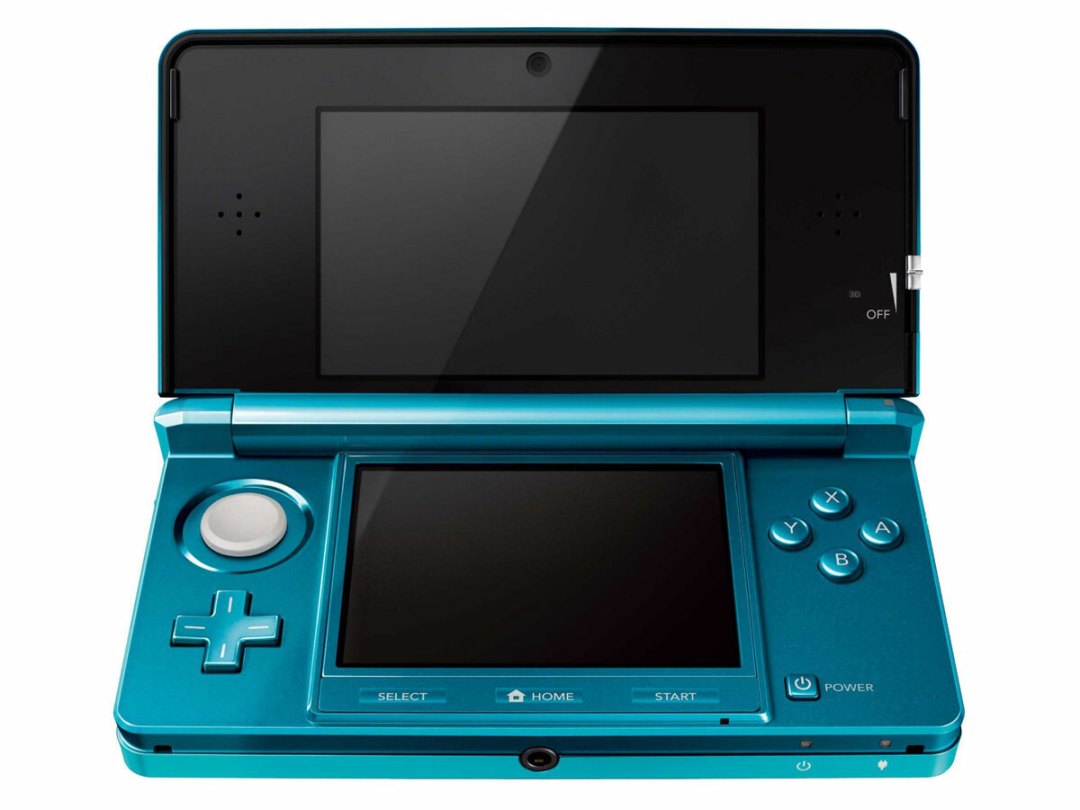Nintendo 3DS review
3D gaming has gone handheld, and Nintendo hopes it'll fend off the smartphone horde

The big surprise the first time you pick up Nintendo’s glasses-free 3D games machine is that the 3D doesn’t actually pop out. Instead it sinks into the widescreen display to a depth of around 5cm (according to our eyes), which is enough to make a convincing little 3D stage.
However, you do need to keep your head locked on to the centre of the display, and also maintain a certain height and distance in order to maximise the effect. Moving your head to one side even slightly flattens the effect and introduces some ghosting.
Stereoscopic slideyness
A slider on the edge of the screen allows you to flatten down the 3D effect, which might seem like it’s defeating the whole point, but after a while the stereoscopic display can become quite tiring on the eyes, and holding the 3DS in the optimum viewing position can also become tiresome.
In terms of scale, we’re talking DSi proportions rather than the large-type DS XL form. While it’s the top screen where the most obvious change has happened, but there have been some tweaks down below too. An analogue stick joins the D-pad and the peripheral buttons have been shuffled around a bit.
Otherwise the lower touchscreen reacts as before. It’s resistive and prefers a stylus or finely-honed fingernail, but does react to sweeps of its carousel menu, so it’s not completely old-school. But it is quite old-school. You won’t be pinch-zooming or two-finger scrolling here, and the menu interface chops and changes style depending on which mini-app you’re running.
Talking of mini-apps, the 3DS comes with a few augmented reality games pre-loaded. Face Raiders is a fun little demo that neatly ties up the console’s new features. The twin, rear-facing cameras project a 3D recreation of your environment onto the top screen while alien heads based on a scan of your face buzz around the screen. These appear off-screen, demanding you spin around and look and up down to line them up in your sights, the handheld’s motion-sensing tech tracking your moves as you go.
Other games use the 3D in more conventional ways. Pro Evolution Soccer uses a tracking camera to follow the action at close-quarters, with the added depth adding to the realism. Super Street Fighter IV 3D Edition gives you the option of the classic side-on view or an over-the-shoulder angle and Nintendogs gains an extra level of believability (along with cats) with its extra dimension.
No revolution
Cool as it is, the 3D doesn’t add anything revolutionary to the gameplay of the titles we’ve messed with so far. However, there are new features for automatically swapping profile data with other 3DS users in the vicinity via Wi-Fi, and even engaging in stat-based battles with gamers you might pass in the street or see on the bus.
Other extras include a rough-sounding music player that doesn’t quite go loud enough, the ability to take 0.3MP 3D stills, a pedometer mode when in sleep mode, backwards compatibility with DS games (in 2D only) and an updated download service that will include Game Boy classics as well as 3DS-specific mini-games to top up the main cartridge-based fare.
It’s hard not to like the 3DS. That 3D effect is a marvel to behold – so much so that for a while at least, you can forgive the dated form and retro-tech specs. Do we still need a stylus-driven two-screen display? Probably not, but when the action on the main screen is so captivating we can push that question aside.
Stuff Says…
Behind the times in many ways but the glasses-free 3D has us spellbound
